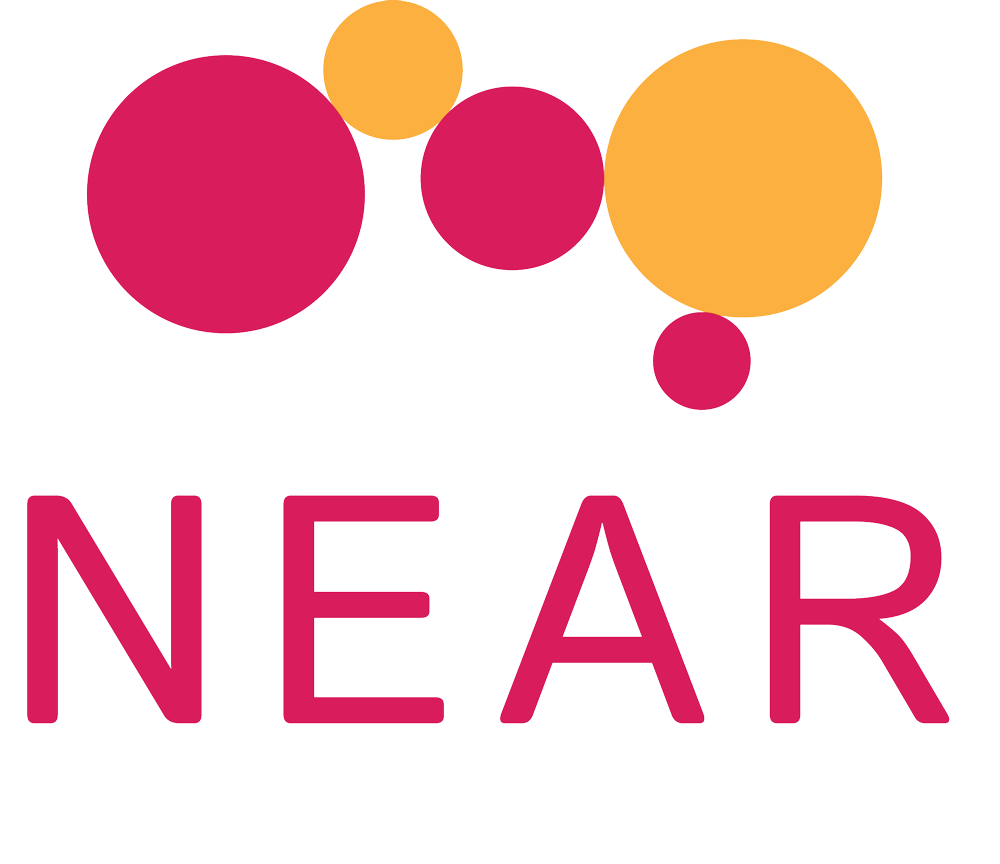We spoke to Abdissa Bekele, Programme Manager for Afro Ethiopian Integrated Development Association about building community resilience through community participation.
A woman and children collecting water from a community water point @AEID
“AEID was established in December 2003, so as you can see, we have been doing this for 20 years and have reached 3.7 million community members directly. This does not include the indirect impact. We are able to do this because we ensure impact through sustainability.
We work both in development and humanitarian response mostly in WASH, with Orphans and Vulnerable Children, protection, Emergency Shelter/Non-Food Items, Health, Education, Social Accountability, Multipurpose cash, and agriculture programs across four regions in Ethiopia: Oromia, Amara, Tigray and the new Southwestern Ethiopian People’s region.
We have been able to build community resilience by encouraging community participation at every step of the way. We involve them from project development to project implementation. Communities are involved in the project launching and all the workshops, and during the monitoring and reporting stages, we usually form a joint monitoring team with them. If at any stage they have a question or a complaint or want to know if implementation is on track, they can ask for and receive the information.
Involving the community during project design means that we can understand their interests and feelings as well as their fears. This develops a sense of ownership amongst the community if the project is based on their interests, they perceive it as their property. And most importantly this ensures the sustainability of the project for lasting impact.
As an example of a community that has built its own resilience, in 2018/19 we worked in Oromia (West Gujji) to implement an Emergency WASH Response project with ECHO for communities that had been displaced by conflict between the Gujji and Gedeo people.
We rehabilitated water schemes, the electro-mechanical system, pipelines, and water points. We created separate latrines and shower spaces for men and women and also ensured the design could accommodate people with disabilities.
And then we trained technicians from the community to maintain the generators and solar power we use for some boreholes, and the generators we use for others.
In that project, the community was involved in each step of the activity. When we laid pipelines, they supported us in digging the ground. When we handed over the project, we also shared skills with them on how to use the pilot and ensure that the project continues to run successfully.
Until today that project is running successfully and delivering impact.
ABOUT AEID
AEID aspires to see Ethiopia that creates healthy and productive citizens
To learn more visit www.aeid.org.et

